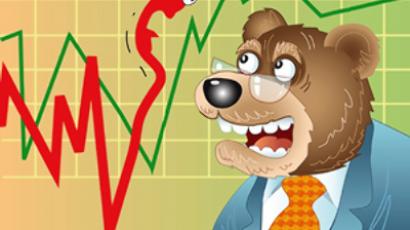Consumer costs to continue growing

Russia is the leader among eleven developed countries in rates of inflation development and final consumption expenditure, according to the Federal Agency of State Statistics Rosstat.
Russia’s 13.3% growth of consumer costs during 2008 proved the highest among eleven economically developed countries. The second place on this indicator goes to India – 9.7%. In third place comes Brazil with 5.9% growth. Inflation of consumer costs in the EU countries varies from 3% (Great Britain) to 1% (France). At the same time the U.S., which were the first to be struck by the crisis, showed a deflation of these costs by 0.1 %.
Prices of the Russian industrial products manufacturers during January 2009 have decreased by 2.7% and continue to fall. However the speed of prices axing is slowing down. Economists call this process the first evidence of the replacement of imported goods on Russian markets and restoration of demand for Russian-made production. The devaluation of the rouble and essential decrease in commodity import make the process more and more real.
Experts say the falling speed of industrial price reduction doesn’t mean it is approaching the very bottom of the crisis and people should not expect a decrease of consumer costs. The leading economist of the Center of Development Valery Mironov says that manufacture stabilisation will only be possible after interest rates will be axed and profitability of the home industry will grow.
Meanwhile, economists believe the growth of profitability of internal manufacture will hardly be reflected in retail prices. Economists consider that growth of prices for imported goods and monopolisation of the markets will lead to growth of consumer prices in 2009 not less than by 13%. Valery Mironov says the “slump in production in Russia will be accompanied by high growth of consumer prices that correspond to a stagflation situation”.
In 2009 consumer costs will grow even faster than last year. Inflation on the consumer market in January reached 2.4%. Experts predict that this tendency will remain. From the beginning of the year consumer prices grew by 2.9%, against last year’s 2.8%.













